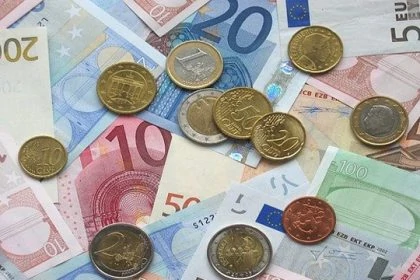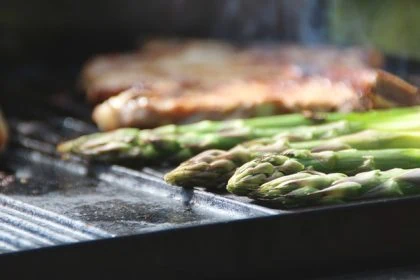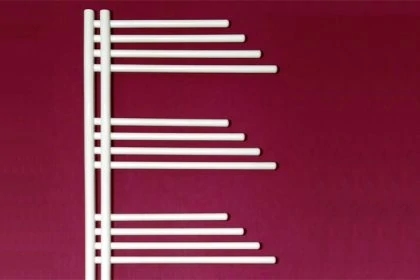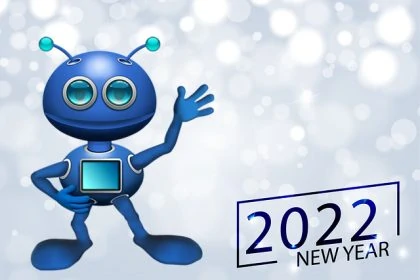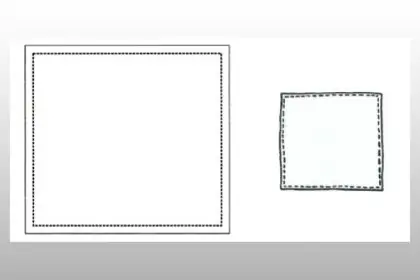Important procedural decision by the Court of the European Union (CJEU): Back in 2015 the famous herbal liqueur producer Mast-Jägermeister SE applied for the registration of beakers as Community designs and claimed protection in Locarno Class 07-01. The problem: Within the graphic handed in there was not just a beaker, but also a bottle. Since beakers and bottles fell into different classes Jägermeister had to seek protection in not just Class 07-01. Jägermeister could have got something registered, however they chose to argue with the court – and lost. Read the whole story:
In Case T-16/16 Mast-Jägermeister vs EUIPO the German Liqueur Producer from Wolfenbüttel (“applicant”) appealed against earlier decisions made by examiners of the EUIPO, especially regarding the refusal to attribute the correct date of filing (17 April 2015) for the two design applications. The applicant claims that the Court of the European Union (CJEU) should:
- annul the contested decisions that were made earlier
- fix 17 April 2015 as the date of filing for designs No 2683615‑0001 and No 2683615‑0002 and
- orders that the EUIPO pays the costs, including those incurred in the appeal proceedings.
Background
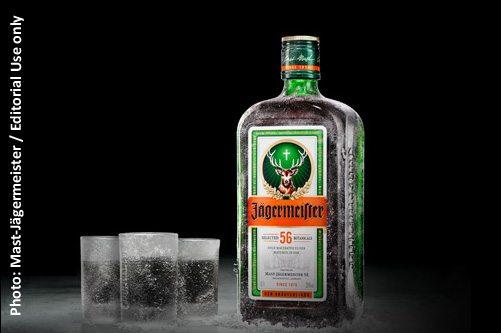
On 17 April 2015, the applicant, Mast-Jägermeister SE, filed applications for the registration of Community designs with the European Union Intellectual Property Office (EUIPO) pursuant to Regulation No 6/2002. The designs in respect of which registration was sought are Community design No 2683615-0001 (confidential) and Community design No 2683615-0002 (confidential aswell). These two Community Design Applications were made are “beakers” in Class 07.01 of the Locarno Agreement.
By an initial examination report drawn up on the same day (17 April 2015), the examiner informed the applicant that the indication of the product, namely the ‘beakers’ in respect of which protection was sought, did not correspond to the representations filed, on the ground that those representations also showed bottles.
It therefore suggested that the applicant add the indication of ‘Bottles’ in Class 09.01 of the Locarno Agreement to the two designs. The examiner added that, in so far as ‘Beakers’ and ‘Bottles’ belonged to different classes, the multiple application had to be divided. It stated that, unless the deficiencies were remedied within the prescribed period, the application would be refused.
At this point, Jägermeister could have registered atleast the beakers-design (with the date of filing they wished for), but they chose to argue with the EUIPO stating that if the Court has painted the full picture their arguments were contradictory.
Jägermeister against the EUIPO Examiner
By letter of 21 April 2015, the applicant replied that they did not no protection was sought for the bottles. The solution: EUIPO instead should register the existing pictures as “Drinking beakers as receptacles for a bottle which is part of those beakers” since this appeared to be the appropriate class for that indication.
The problem that is still present in the new graphics are the bottles. According to the examiner, those bottles appeared clearly on the representations and a further examination revealed that the applications for registration did not contain representations consistent with Article 4(1)(e) of Regulation No 2245/2002. Until Jägermeister does not hand in new, satisfactory representations (=eliminate the bottles) the registration would be regarded as not having been filed.
However by letter of 28 August 2015, the applicant requested the adoption of a decision against which an appeal might be brought, and on 15 September 2015, the applicant filed a notice of appeal with EUIPO, pursuant to Articles 55 to 60 of Regulation No 6/2002, against the examiner’s decision.
Jägermeister: Rule refusing a filing date because of a false representations is not fulfilled
The applicant argues that the representations of the designs were of a quality which made it possible to enable a reproduction to be made. In accordance with Article 4(1)(d) and (e) of Regulation No 2245/2002, they were on a neutral background, were not retouched with ink or correcting fluid and were of a quality permitting all the details of the matter for which protection was sought to be clearly distinguished and permitting it to be reduced or enlarged.
Those, the applicant submits, are the only requirements laid down by the EU legislation. The Board of Appeal’s refusal to fix a date of filing on the ground that it was not possible to determine from the representations whether protection was being sought for the beaker, for the bottle, or for a combination of the two is incorrect, in so far as that question would arise only in the context of infringement proceedings; it is not an impediment to the fixing of a date of filing.
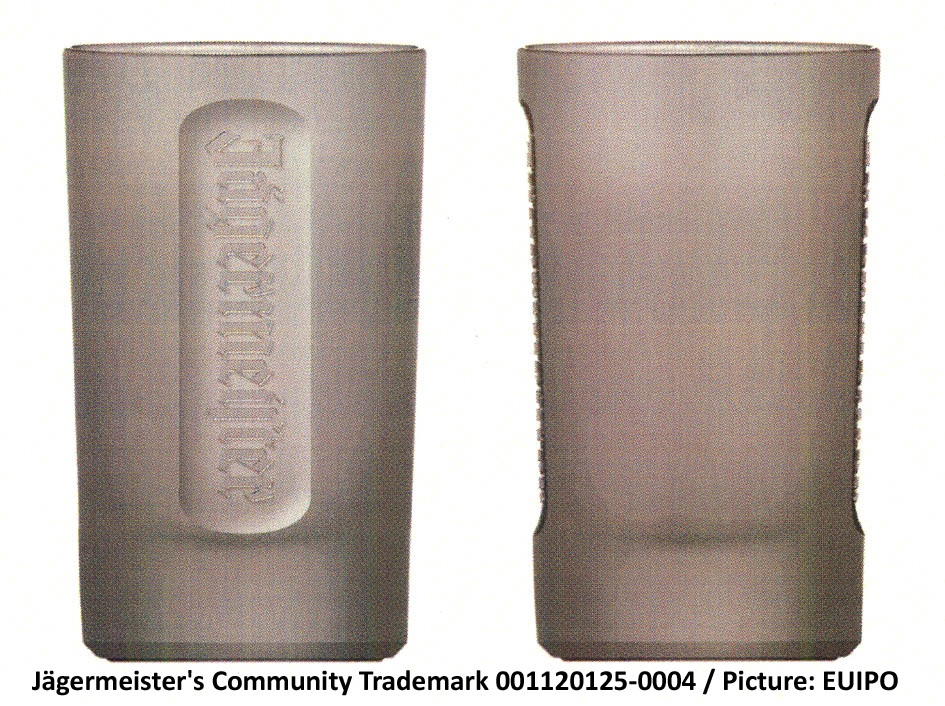
Furthermore, the Board of Appeal’s reasoning could be taken into account concerning the registrability of a design. According to the applicant, Article 36(1)(c) of Regulation No 6/2002 and Article 10(1)(c) of Regulation No 2245/2002, read in conjunction with Article 4(1)(e) of the latter regulation, lay down requirements only as regards the quality of the representation of the design, and not as regards its content. The general scheme of Articles 45 and 46 of Regulation No 6/2002 suggests that a date of filing should have been attributed to its applications for registration.
In that context, Article 10 of Regulation No 2245/2002 establishes the conditions for fixing a date of filing by providing that EUIPO is to notify the applicant that a date of filing cannot be granted if the application does not contain, inter alia, a representation of the design pursuant to Article 4(1)(e) of that regulation.
The latter provision states that the representation of the design must consist in a graphic or photographic reproduction of the design, either in black and white or in colour. That design must be reproduced on a neutral background and must not be retouched with ink or correcting fluid. The design must be of a quality permitting all the details of the matter for which protection is sought to be clearly distinguished. Article 10 of Regulation No 2245/2002 states the periods within which deficiencies must be remedied.
EUIPO’s Board of Appeal disagreed – and so did the CJEU
It must be pointed out that the applicant’s interpretation of Article 36(1)(c) of Regulation No 6/2002 and of Article 10(1)(c) of Regulation No 2245/2002, read in conjunction with Article 4(1)(e) of the latter regulation, pursuant to which that provision applies solely to designs where only the quality of the representation is mediocre, is manifestly contrary to the system in which the registration of designs was conceived, as recalled above.
Article 36 of Regulation No 6/2002, which provides in its paragraph 1(c) that an application for a registered Community design must contain a representation of that design suitable for reproduction, specifies in its paragraph 5 that such an application must comply with the conditions laid down in Regulation No 2245/2002.
The latter regulation states […] that the design must, inter alia, be ‘of a quality permitting all the details of the matter for which protection is sought to be clearly distinguished’. In asserting that only the quality of the ‘physical’ or ‘material’ representation is provided for by that provision, the applicant engages in an incomplete, and therefore incorrect, reading of that provision, retaining only the expression ‘quality permitting’.
That phrase refers to the requirement inherent in any registration, that is, to enable third parties to determine with clarity and precision all the details of the design for which protection is sought […]. Thus, imprecise representations would not enable third parties to determine unequivocally the matter to be protected by the design under consideration.
The applicant also claims that the potential deficiency consisting in the fact that the representations do not show the appearance of a single design, but of two, should have been dealt with in the context of Article 47(1)(a) of Regulation No 6/2002, read in conjunction with Article 3(a) of that regulation, and could not have constituted a ground for refusing to fix a date of filing.
That line of argument must be rejected in so far as Article 3(a) of Regulation No 6/2002, to which reference is made in Article 47(1)(a) of that regulation, concerns a situation where the representation in respect of which registration has been sought cannot be regarded as a design within the meaning of that regulation because it does not have the appearance of the whole or the part of a product, which is clearly not the situation in the present case.
What can we learn from that decision?
To cut to the chase: Claim protection for your “main” design that you want to protect and re-file as soon as possible. For Applicants the decision has set a high standard for future representations filed. Not really in terms of technical quality (because that was probably not the problem in Jägermeister’s case) but in terms of the selection of content inside the (photo-)graphic representation.
A false filing date (or even the loss of one) of your Community Design can have serious consequences especially in terms of “priority”: Losing priority and (if prior disclosed) possible loss of the benefit of a grace period and consequent invalidity.
Do you want to protect your Community Design?
We can help you with that! Or do you want to end like that in Jägermeister’s case?!
Let us arrange a phone call – together we will work out the right strategy for your (Community) Design:
Source:
Text: Judgment of the Court of the European Union (CJEU) in Case T‑16/16 / eSearch Plus (EUIPO)
Pictures: Product Picture Jägermeister / eSearch Plus (EUIPO)


